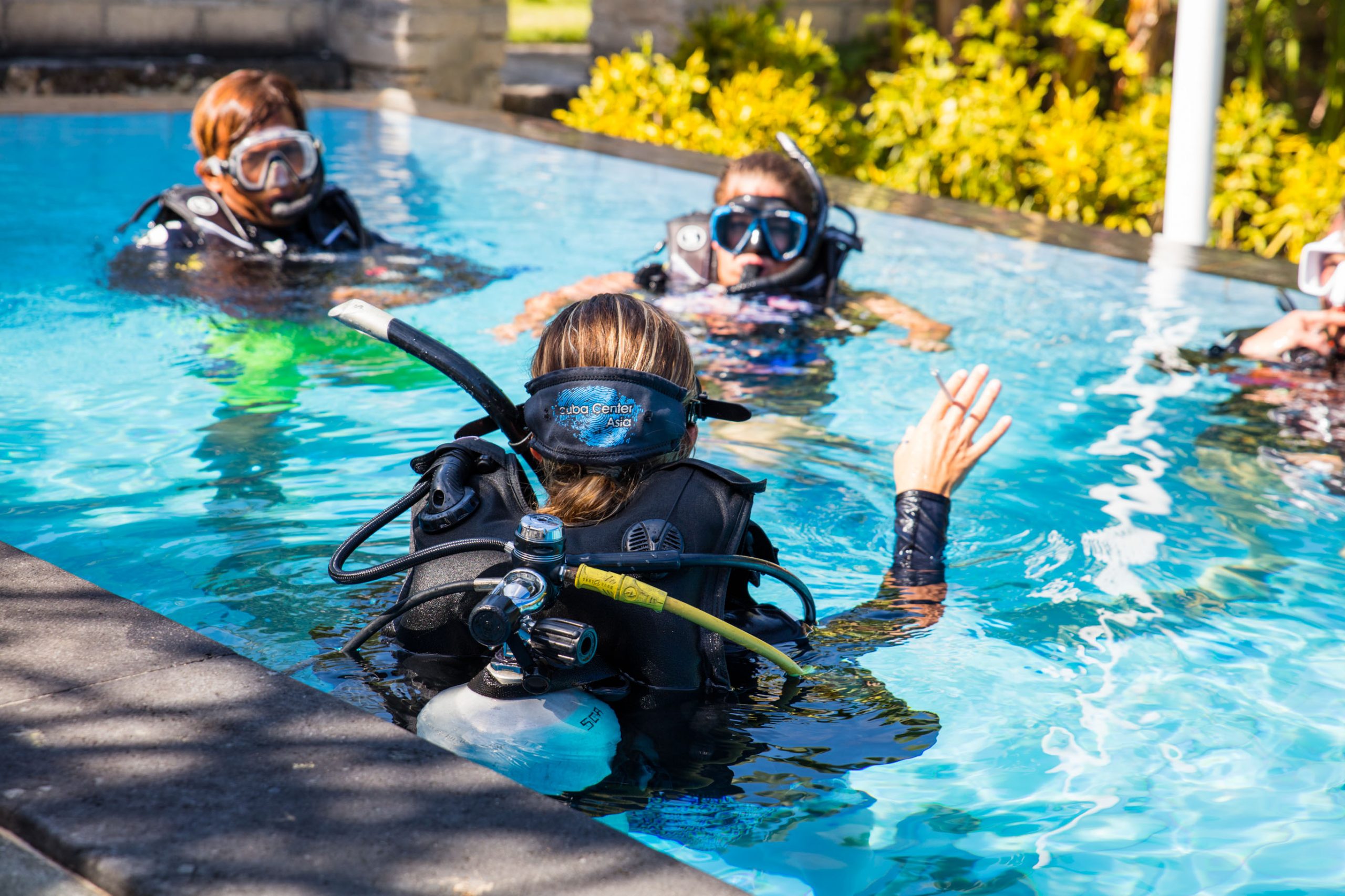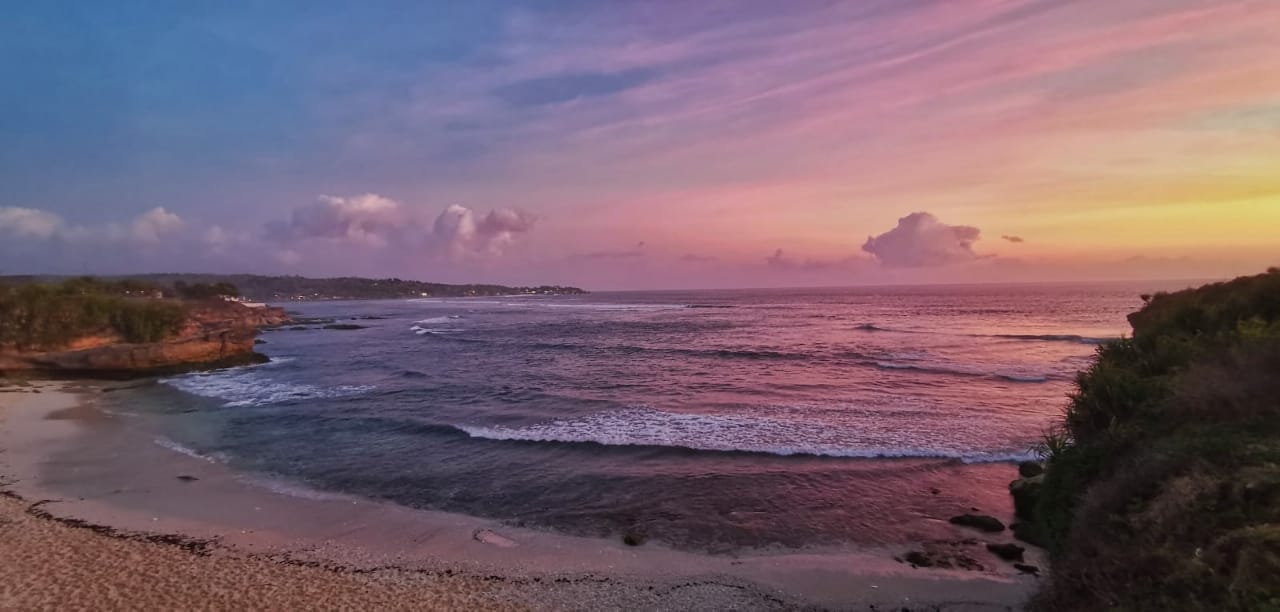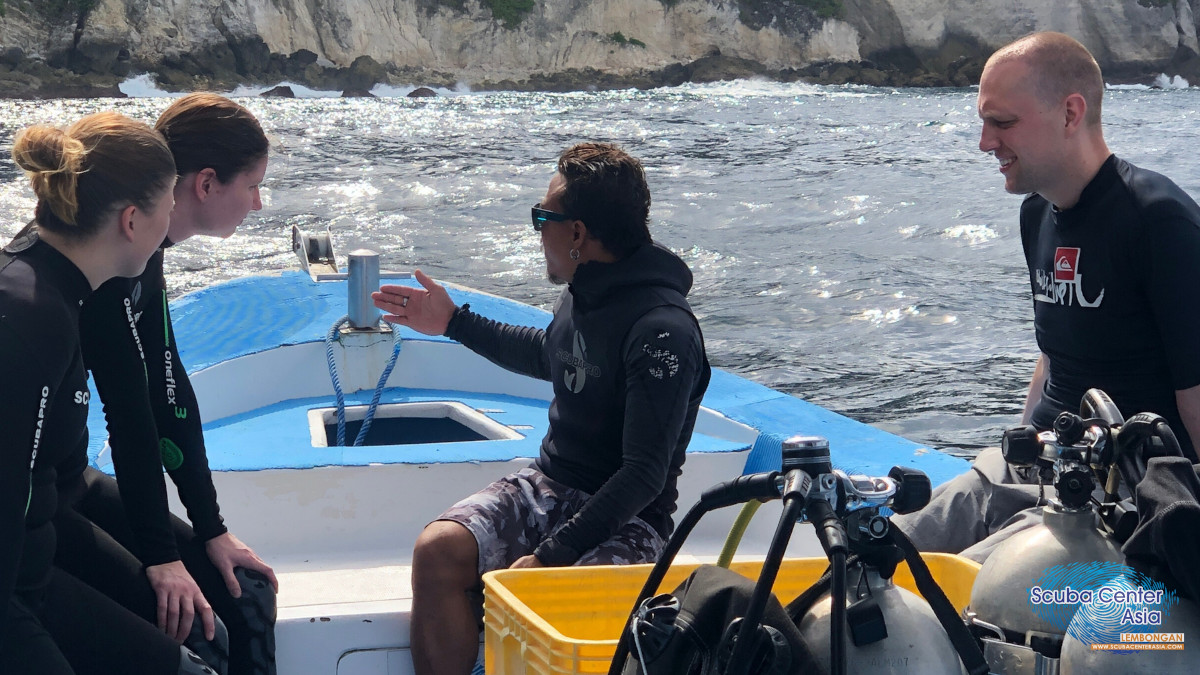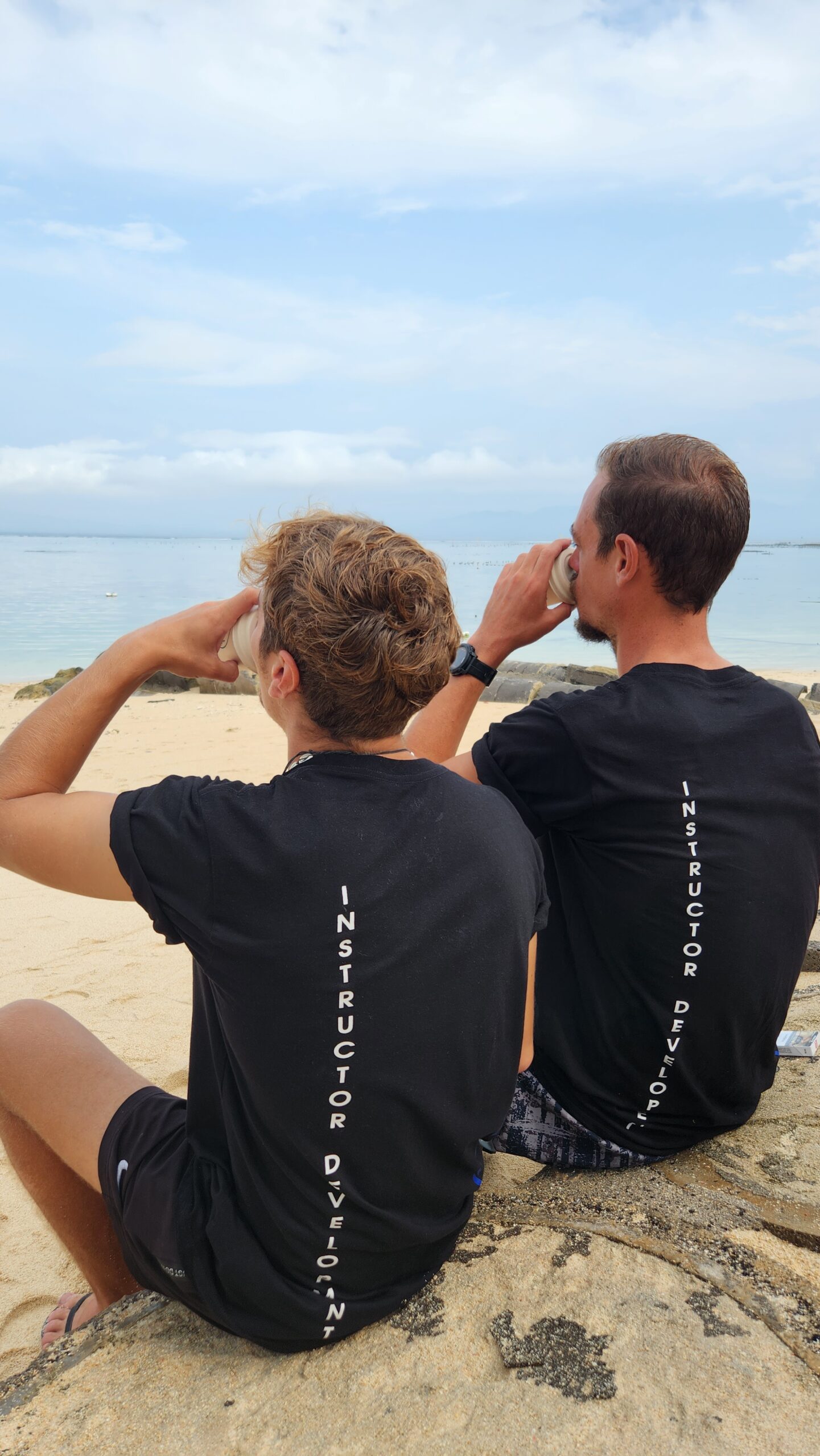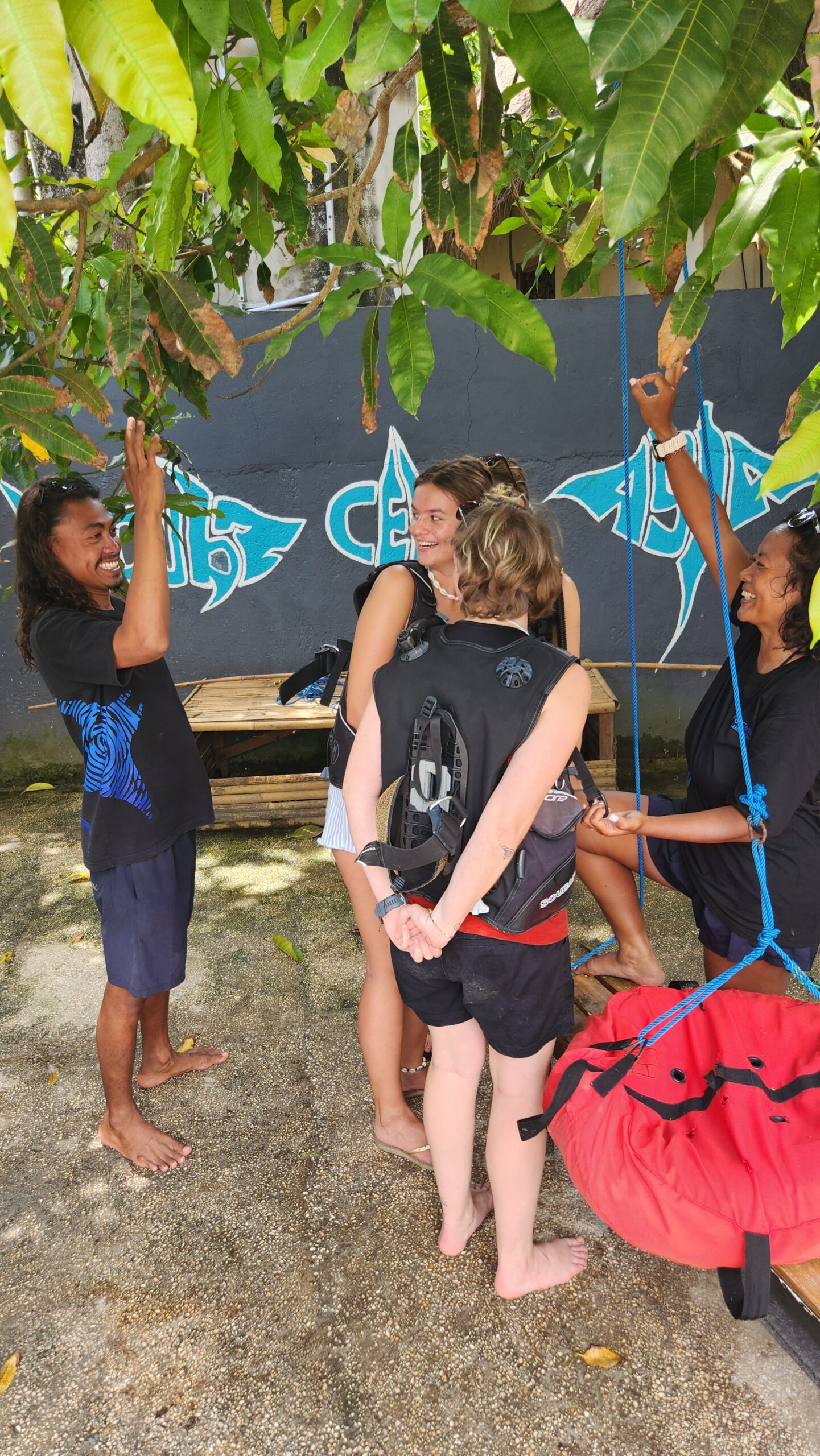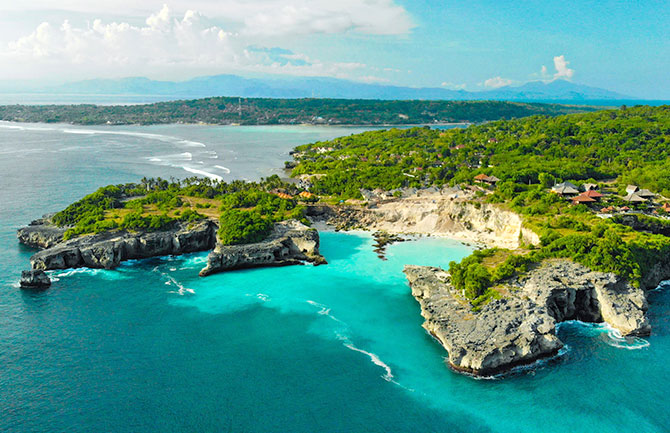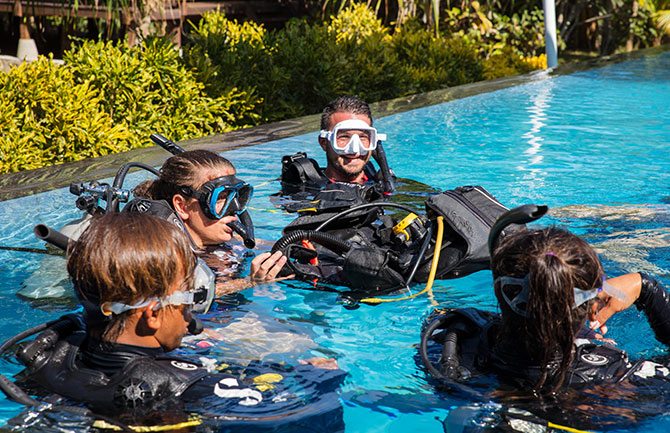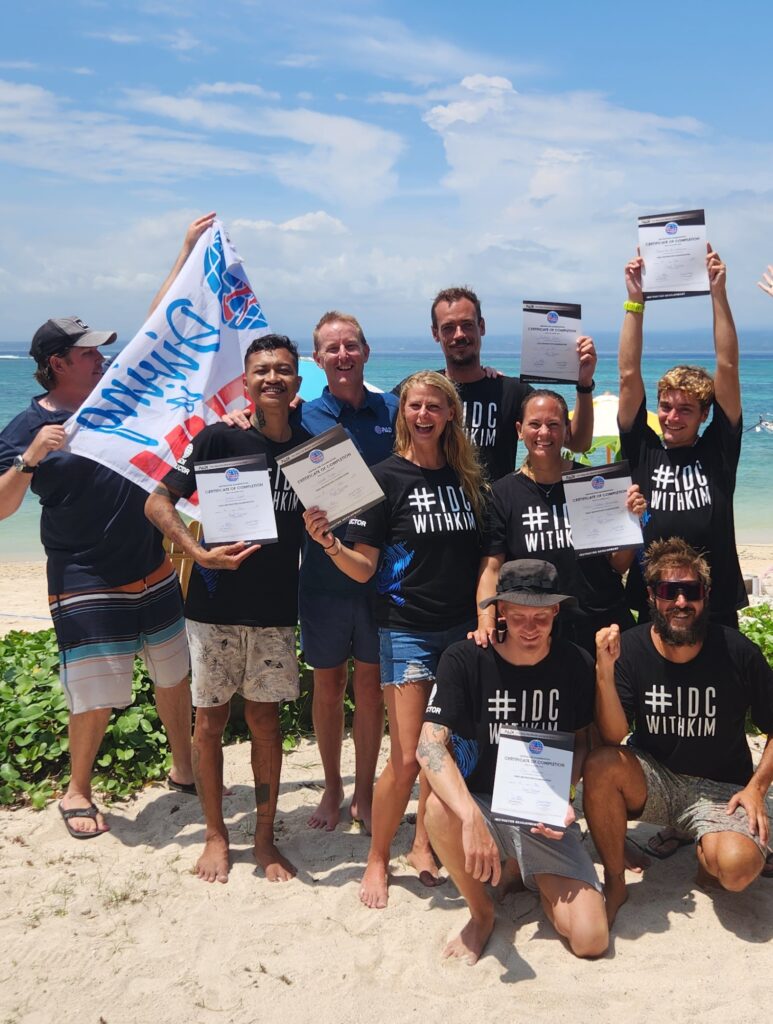
So you are a Divemaster or Assistant Instructor. You are ready to take the next step in your dive career and become a Dive Instructor. Maybe you have already decided where to take your Instructor Development Course (IDC). Or perhaps you have even booked your place already. But you feel a little nervous because you aren’t sure what to expect once you get to your dive center.
Here are the answers to all of the questions you may have.
First, can you give us a little breakdown of how the IDC is structured?
The Instructor Development Course (IDC) at Scuba Center Asia is structured into two key components: the Assistant Instructor (AI) segment and the Open Water Scuba Instructor (OWSI) program. The AI portion, is basically the initial week of the course, here you lay the groundwork focusing on essential skills and knowledge. Following the AI segment, you progress to the OWSI phase, spanning the entire 20-day program, which delves deeper into instructional techniques, teaching, and leadership development. Wrapping up the IDC experience is the PADI Instructor Examination (IE), conducted by PADI examiners, providing a formal assessment of candidates' readiness to become certified dive instructors.
What do you learn in the IDC?
As you gear up to become an Instructor, get ready to dive deep into dive theory. It's more than just understanding the basics; you'll need to know the ins and outs, even more than you did as a Divemaster. But don't worry, we'll guide you through it, PADI style.
Now, let's talk about time in the water. You'll be practicing your skills until you've got them down pat. It's not just about doing them yourself; it's about being able to teach them like a Pro. And trust us, there's plenty to learn – like spotting and fixing the little hiccups students tend to have. Whether you're in a pool or out in open water, you'll be getting hands-on experience and honing your skills. It's all about making sure every student comes out feeling like a champ.

Do you need to be an Assistant Instructor (AI) first?
Not necessarily! You only need to be a Divemaster to qualify for the IDC/IE. This can be a PADI Divemaster or even from another equivalent dive organization like SSI. Being an AI gives you a taste of what's to come during the IDC, but it's not mandatory. People opt to be an AI before going for Instructor because, in some areas of the world, they don't have access to a Course Director.
How is it different from the Divemaster (DM) or AI courses?
In your Divemaster course, you get the hang of setting up and assisting students and fun divers. But, there's a limit on the courses you can oversee. In the IDC, you dive into teaching various PADI courses. As a PADI Instructor, you're authorized to lead numerous dive courses and supervise student divers independently.
The IDC zooms in on teaching. It's pretty similar to the Assistant Instructor course but cranked up a notch. Imagine the AI course on turbo mode. Everything you do once or twice in AI, you're doing ten or fifteen times in the IDC! In other words, you get more confident and professional by practicing more different diving skills and knowledge assessments. The IDC is much more focused on teaching. Again, in general, people sign in to the full IDC program because of the completeness of the program.
What does a typical day on the IDC consist of?
We usually arrive in the classroom between 8 am and 9 am and chat with the Pro Team about that day’s plan over coffee. Some days are spent in class, reviewing theory, taking practice exams, or giving presentations. Other days are spent in the pool or ocean, practicing skills and teaching skills to “students”. We also learn strategies to correct skills to ensure that our students perform them up to standard. Most days are a mixture of both dry and wet learning. Important if you choose the IDC here at Scuba Center Asia, you can always expect to laugh and have a good time!
The classroom may sound boring, BUT IT ISN’T! The team is great at finding strategies to engage different learning styles in a fun and interactive way!
What is the Instructor Exam like?
You usually take your IE with IDC candidates from several other dive centers in the area. You are examined by PADI examiners (not your course director, although they are there to support you). On the first day you arrive, you are given a piece of paper with all the information about the next two days. This includes what your presentation topics will be and what skills you will have to perform in the water.
Day 1: Dry (theory and presentations)
In the morning you take two exams. The Standards Exam (open book) and the Theory Exam are broken into five equal sections. These sections include equipment, dive physics, physiology, general skills & environment, and recreational dive planning (RDP). You then take a one-hour break to prepare your presentation. After that, you present what you have prepared in front of your examination group.
Day 2: Wet
Confined Water: you start the day in the pool, where you must "teach" two skills to mock students. You must teach the skill and correct any problems the students face when demonstrating the skill. You then have to demonstrate five skills in a skills circuit.
Open Water: this mostly happens after the confined session during the PADI IE. Here you show the examiner your two skills in the open water performing each at a demonstration standard with perfect control of your group of students. You then go on to demonstrate rescue scenario seven. Everyone's favorite!
Almost everyone I have talked to has said that the IE was not as difficult or scary as they expected it to be.
What will I be able to do after my course?
After your course, you can teach Discover Scuba Diving (DSD), Scuba Refresher, Scuba Diver, Open Water, Advanced Open Water, Rescue, Divemaster, the Peak Performance Buoyancy Specialty course, and the PADI AWARE Coral Conservation and PADI AWARE Specialty course. If you choose to learn more, you can do directly after the IDC some Speciality courses to become a Specialty Instructor.
You are also eligible to become a specialty Instructor and work toward your Master Scuba Diver Trainer certification. This is a brief internship in which you team-teach with a senior dive instructor from Scuba Center Asia! We highly recommend that, as you get the best of the best. Be aware though, there are only a few spots available for this Professional internship at Scuba Center Asia.
Do you have any tips for someone thinking about starting the IDC?
I mean… JUST GO FOR IT! You have nothing to lose!
For those that have decided to go for it and are preparing for their IDC – study study, study your theory! You get access to your PADI Instructor digital crew pack. This online package includes all different types of PADI materials. One of the most important one is your theory.
If you have that down before arriving, it cuts down on the time the course director has to lecture in the classroom and makes the whole experience more enjoyable for everyone (you get to sleep in longer and get out of class earlier!).
Familiarise yourself with the Instructor Manual, as you will use this A LOT during and after your IDC. But more importantly, do your best to understand the five sections of the theory exam like the back of your hand. Your Course Director provides a nice PADI study guide, so you can study all necessary topics ahead of time.
Finally, what makes the PADI IDC at Scuba Center Asia different?
You have to meet the Pro Team and the Course Directors to understand. They are so fun and engaging. They want to ensure you aren’t just learning to certify divers. They want you to learn how to certify divers who learn to love diving. They want you to get other people excited about diving!
Most importantly, they make you feel like family. It may feel scary to do your IDC if Lembongan is far from wherever you call home. But, once you get here, you will realize you ARE home. Scuba Center Asia surrounds itself with amazing people who bring you into their circle and treat you as one of their own.
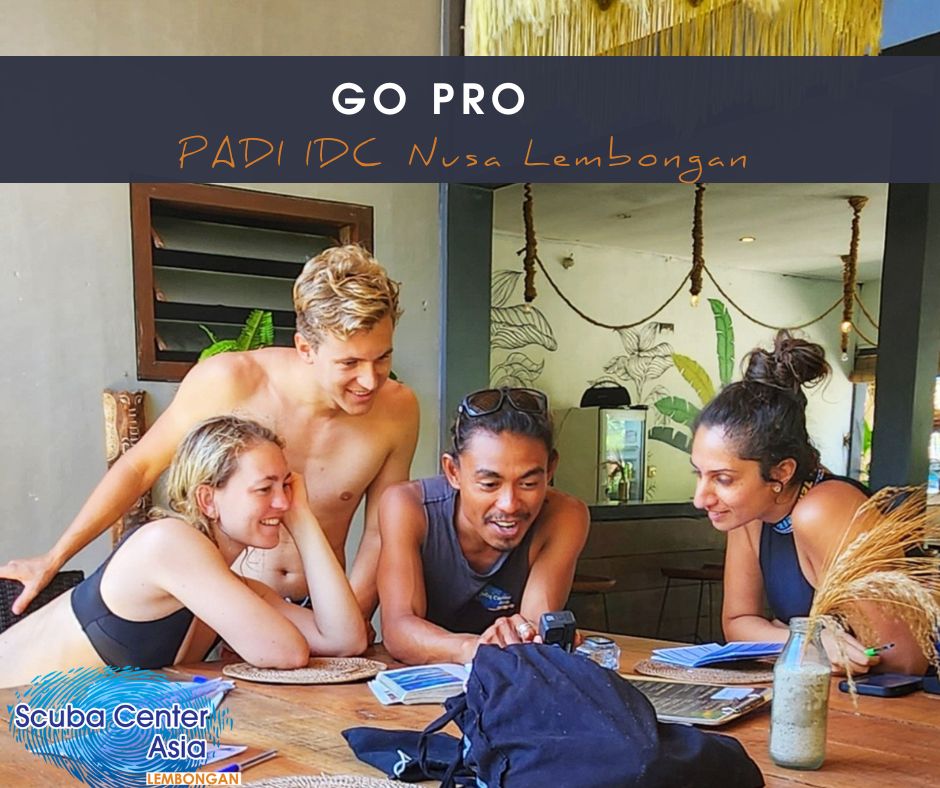
As you can see, the IDC isn’t nearly as scary as you may think.
So what’s holding you back?
